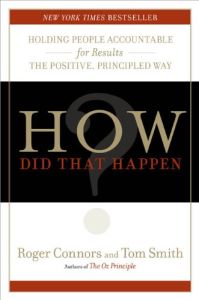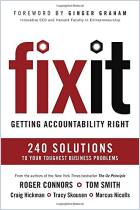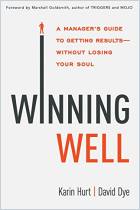Зарегистрируйтесь на getAbstract, чтобы получить доступ к этому краткому изложению.

Зарегистрируйтесь на getAbstract, чтобы получить доступ к этому краткому изложению.
Roger Connors and Tom Smith
How Did That Happen?
Holding People Accountable for Results the Positive, Principled Way
Portfolio, 2009
Что внутри?
Most workplace problems are accountability problems. Get employees to step up rather than step out.
Recommendation
When things go wrong at work and you’re left asking, “How did that happen?” the reflexive response is to find someone or something to blame. That doesn’t solve anything. Nor does it prevent something from falling through the cracks again in the future. Take a proactive, constructive approach by developing a sense of accountability in every person at every level of your organization. Consultants Roger Connors and Tom Smith provide a system – the “Accountability Sequence” – for instilling responsibility in everyone in your company. The authors’ insistence – here, as in their previous books – on using their own contrived terminology adds an unnecessary layer of confusion and redundancy to their otherwise solid, straightforward and useful concepts. getAbstract recommends their system for creating an organizationwide sense of accountability, responsibility and participation to managers at any company of any size.
Summary
About the Authors
Roger Connors and Tom Smith co-founded the Partners in Leadership consultancy and co-wrote The Principle and Journey to the Emerald City.
























Comment on this summary